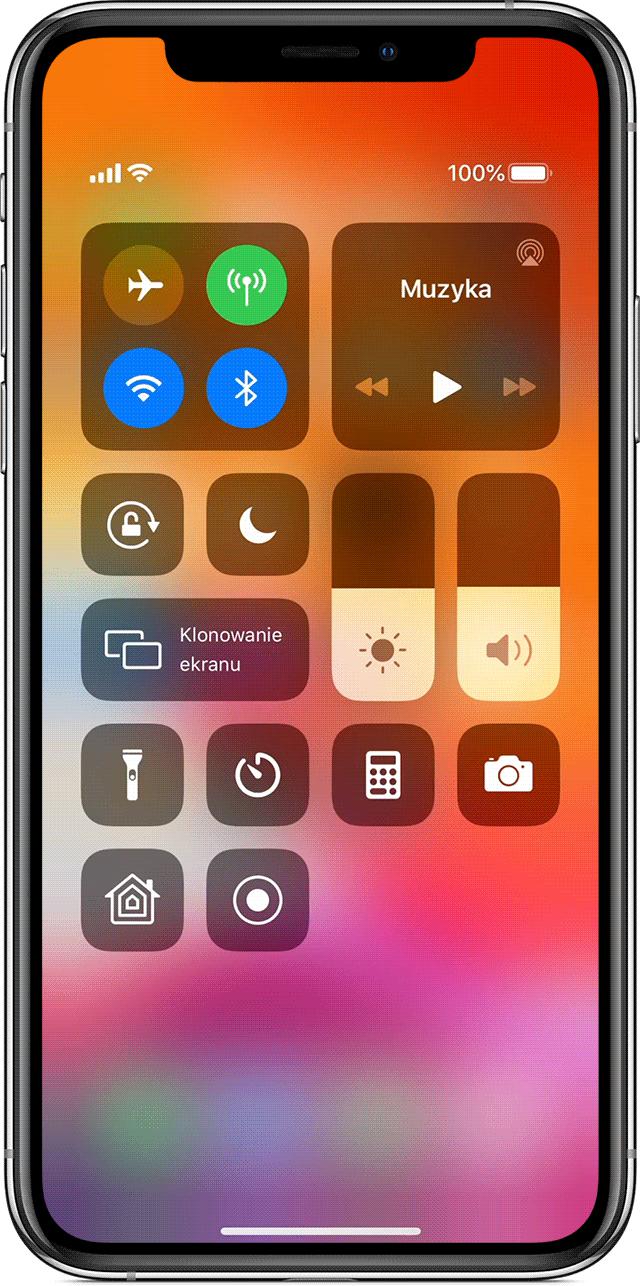Even very useful functions can sometimes make life difficult. The best example of this are improperly configured iPhones with Face ID, the screen of which can wake up much more often than their users would like. This is related not only to the faster depletion of the battery, but also the possibility of accidentally unlocking the phone.
iPhones with Face ID have a rather interesting "tap to wake up" function. This was to make it easier to unlock models without the Home button. While the function seems very convenient, in reality many users are only irritated. Not only is it easy to accidentally include the screen, but also Face ID works so legally and quickly that the phone can be accidentally unlocked by hiding it in your pocket or moving it to another place on the desk. This can lead to the application being launched accidentally or an unwanted connection being established.
In addition to the "Tap to wake" function, iOS 10 and subsequent on all iPhone models, including those without Face ID, has a "pick up to wake" option. Unfortunately, this function often wakes up the iPhone when it is carried in a pocket or bag. The phone will not unlock itself from this, but the backlight of the screen that lights up every now and then causes faster discharge of the battery.
If you are also irritated by these "amenities", just a moment to turn them off. You don't lose too much, because you can always wake the phone up by pressing the side button. This gives you more control, not only more control over what happens to your phone, but also extends your iPhone's uptime on a single charge.
Turn off the Raise to wake feature

In the Settings app, go to Display & Brightness, then slide the switch next to Raise to wake to the left. When this feature is turned off, your iPhone will no longer accidentally turn on when you put it in your pocket or just pick up your iPhone just to move it or put it somewhere else.
Turn off Tap to wake up
Launch the Settings app, then go to General. Now select Accessibility, then scroll down to the Interaction section and slide the switch to the left next to Tap to wake up. When this option is turned off, your iPhone will no longer accidentally turn on when you put it on your desk or clean the screen.
If you still feel that your iPhone's screen lights up too often, you can only consider certain notifications.
Disable some notifications
Notifications are another thing that can wake your iPhone up frequently. And thus, significantly reduce the phone's working time on a single charge. Virtually every iOS application has the ability to send notifications. Some of them are needed, but you can do without them. Think about which notifications are useful to you and which are not. It is worth taking a close look at applications related to social media. Because do you really need notifications for every Instagram likes or suggestions from Twitter? Aside from the higher battery consumption, the excess of notifications is further distracting. Of course, it's not worth turning off notifications for all apps, but the truth is, you can easily silence 90% of apps on your phone.
To turn off notifications:
Launch the Settings app, then select Notifications. Now select the app for which you want to disable lock screen notifications. In the Alerts section, deselect Lock Screen.
Remember: if for some reason you don't want to fiddle with turning off notifications, you can put your iPhone face down. The system will recognize that the phone screen is invisible to you and notifications on the lock screen will not be displayed. The same will apply if Do Not Disturb is turned on in Settings or the Control Center.


![Apps and games on iOS for free.Promotions, discounts, discounts [27.12.2021] Apps and games on iOS for free.Promotions, discounts, discounts [27.12.2021]](https://website-google-hk.oss-cn-hongkong.aliyuncs.com/article-website/google/2021/12/31/661e1a9d1bdfffaecac65b0350aa0db5.webp?x-oss-process=image/auto-orient,1/quality,q_70/format,jpeg)